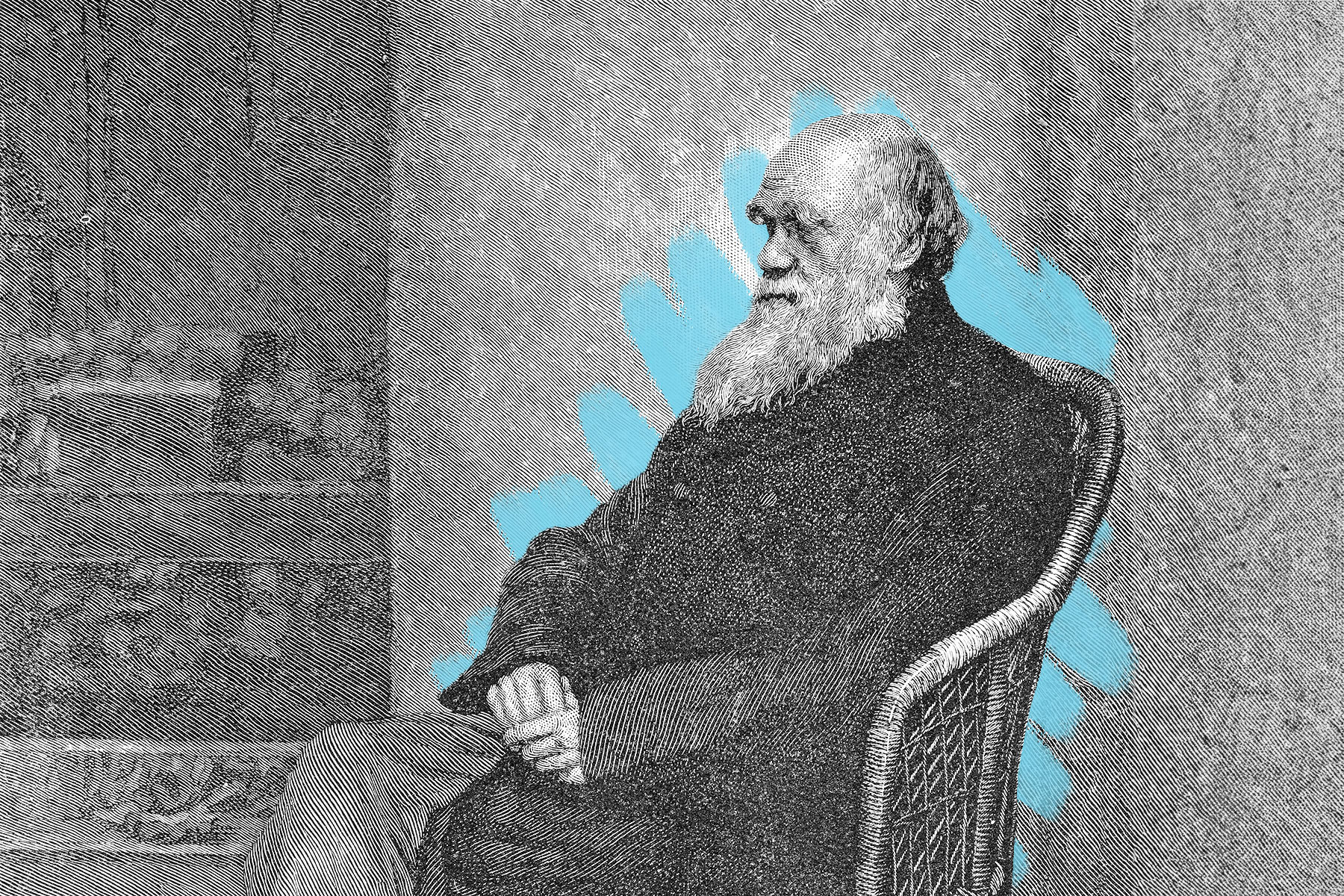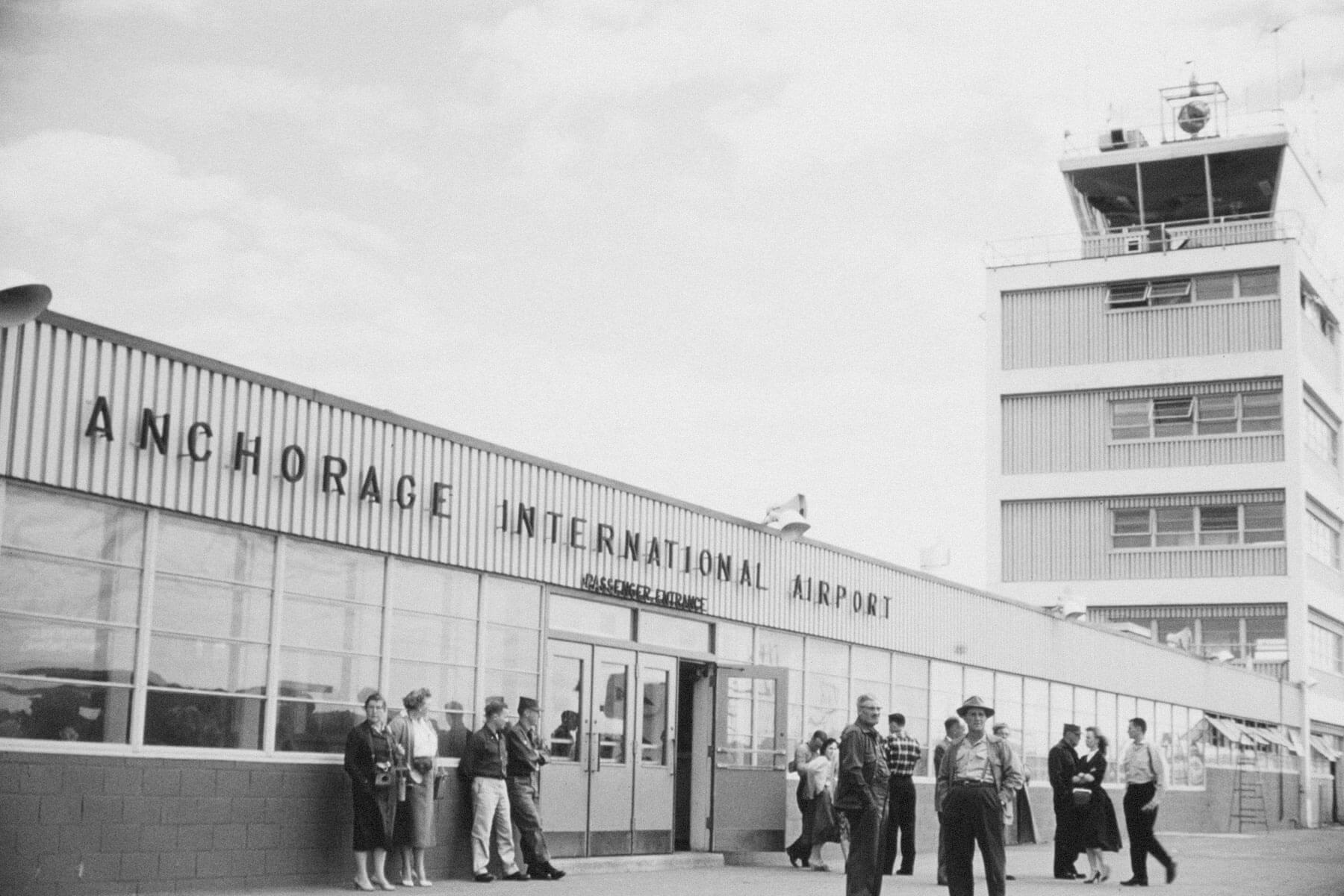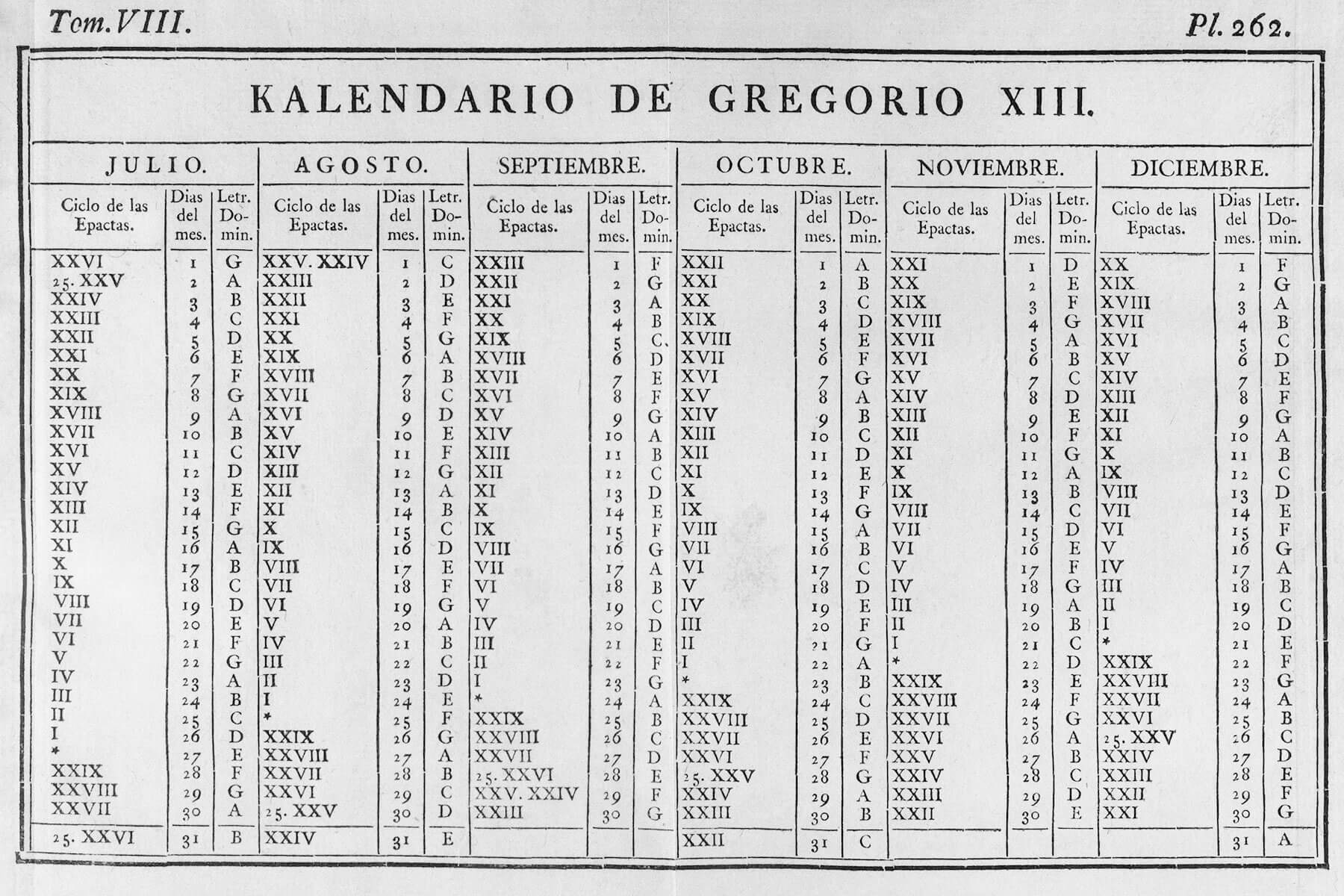| W hile studying at Cambridge University, Charles Darwin was head of the Glutton Club, a student group that met weekly to dine on rare and overlooked foods. The culinary crew prided themselves on eating what one member described as "birds and beasts, which were before unknown to human palate." According to member John Herbert, the club's name was adopted in response to another Cambridge group that claimed to be adventurous eaters, but tended to dine on more common foods of the era, such as mutton chops, beans, and bacon. |
|
| In contrast, the Glutton Club feasted on hawk, heron-like wading bird, and even a "stringy brown" owl, which actually led to the end of the group because it was so unappetizing. Yet even after leaving Cambridge in 1831, Darwin continued his culinary adventures. The naturalist's voyage around the world on the HMS Beagle led him to eat puma, iguana, giant tortoise, armadillo, and a 20-pound rodent he described as "the best meat I ever tasted." However, Darwin erred in 1834 while exploring in Argentina. He realized mid-meal that he and his friends were dining on rhea, a South American ostrich that Darwin planned to study. In response, he grabbed the bones off his associates' plates and combed through the garbage bin for any viable remains before sending them to a taxidermist in London. |













No comments:
Post a Comment